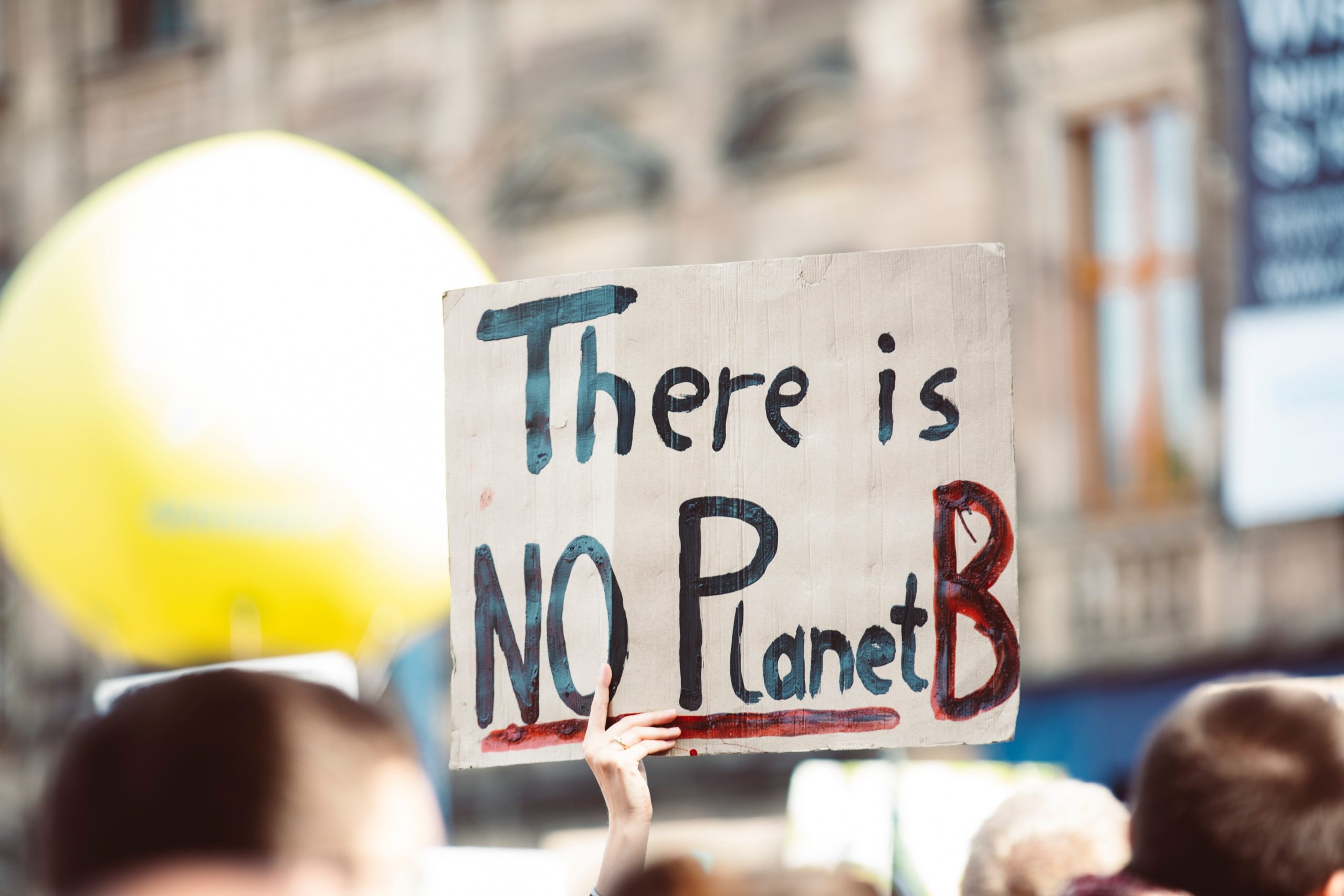According to National Geographic, “climate change is a long-term shift in global or regional climate patterns. Often climate change refers specifically to the rise in global temperatures from the mid-20th century to present.”
Referring to one place in particular or the world as a whole, climate change makes it more difficult to predict weather patterns. Natural disasters like hurricanes, floods, landslides, and winter storms stem from and are more prevalent because of climate change.
The human race is the main driver of climate change. We burn fossil fuels (coal, crude oil, and natural gas) which release greenhouse gasses into Earth’s atmosphere. Heat from the sun’s rays gets trapped by these gasses, a process that causes Earth’s average temperature to rise over time.
Changing the nature of land or seascapes (by clearing forests for farming or destroying coral reefs with bottom trawl nets) and through the emission of pollutants that affect particles in the atmosphere are a few more ways humans affect climate.
Historically, climate change happens at a snail’s pace (thousands of years as opposed to decades), but our desire for instant gratification has sped it up quite a bit. Since the Industrial Revolution, “humans have increased the amount of carbon dioxide in the atmosphere by more than a third.”
According to a report published by the Carbon Disclosure Project (CDP), 100 companies are responsible for 71% of the global greenhouse gas emissions since 1998. Last year, in the U.S. alone, there were 32.5 million small businesses.
This goes to show how irresponsible big businesses are when it comes to taking responsibility for their actions. If these 100 companies committed to carbon neutral practices, every living thing on planet Earth would be much better off.
But, lo and behold, we have to deal with the repercussions of selfish decisions that a handful of powerful individuals make (Ever heard of the 1% of the top 1%?). Now, we have the opportunity to forsake fast fashion and similar companies that are increasingly contributing to waste culture.
We do this with our dollars. Support conscientious brands that are working toward a better tomorrow. Or, simply, shop second-hand which gives clothing a second and even third life before heading to the landfill (which shouldn’t happen until items are beyond repair).
Don’t be afraid of a needle and thread! If something has a little hole, sew it up. If you don’t know how, look it up on YouTube. One of the benefits of having access to the internet is that we have access to free, nearly limitless information on just about every topic you can think of.
Global warming refers to the rapid rising of temperatures worldwide. Ice is melting from pole to pole. Glaciers and ice sheets are melting at unsustainable rates and decreasing in permanent size. This contributes to a rise in sea level. According to NASA, global sea levels are rising by .13 inches each year – a pace which, if left unchecked, will swallow entire coastal cities.
Rising temperatures are endangering species that once thrived and challenging wildlife to change their natural habitat before they’re able to adapt to the new one. Across the globe, precipitation has increased but droughts (causing lost crops) and wildfires are also more extreme.
California saw over 4M acres and 11,116 structures burned in 2020 alone. This can no longer be ignored. We have to wake up to the fact that we are causing this destruction, directly and indirectly.
One of the easiest ways to reduce your greenhouse gas emissions is to adopt a plant-based diet – definitely easier said than done, but so worth the effort.
GreenAmerica.org explains:
